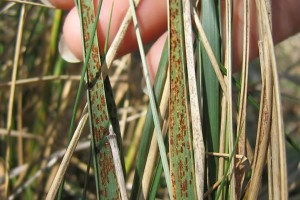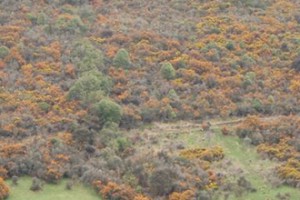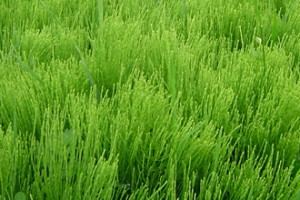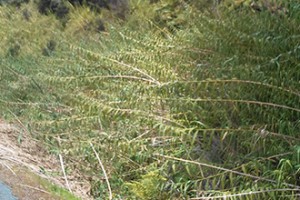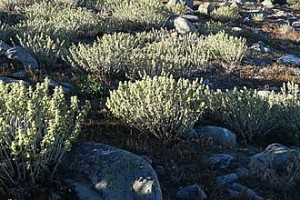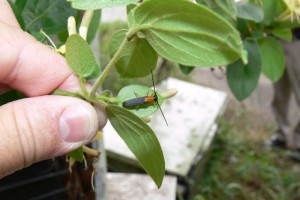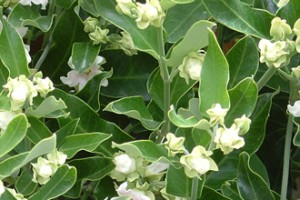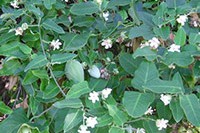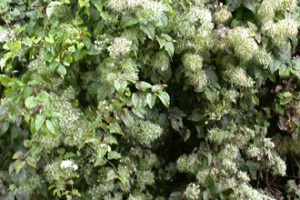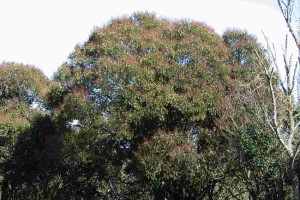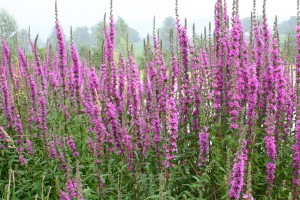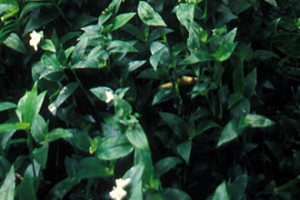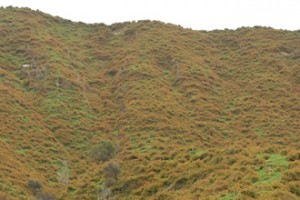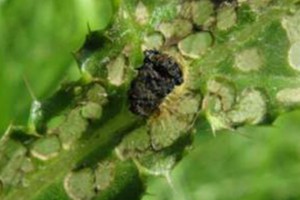Applications to release biocontrol agents
In this section
The decision-making process of the EPA is believed by many to be the best and most thorough in the world.
- New Organisms on the EPA website
- New Zealand’s Successful System for Approving Biocontrol Agents (Issue 59 of What’s New in the Biological Control of Weeds? )
- Biological agents approved by the EPA/ERMA to date
The EPA process for New Organisms
Pre-lodgement engagement with Māori
The EPA considers Māori interests and the principles of the Treaty of Waitangi when making decisions about the environment under the Environmental Protection Authority Act 2011. All applicants must engage with relevant Māori groups before an application is submitted to be able to incorporate Māori perspectives and potential impacts on Māori interests. All details of engagement or consultation must be included, and the outcomes summarised, in the application document. This information is used by the decision-makers to make an informed assessment about the potential impact of the application on Māori.
Pre-lodgement consultation with stakeholders and other interested and affected parties
Applicants consult with stakeholders and other interested and affected parties to help assess the risks, costs and benefits associated with the introduction of a biocontrol agent/s, and the possible reductions in the negative impacts of the target weed. Feedback from this consultation is used as supporting material referenced in the assessment section the application document. This information is combined with in-house research, independent research, and technical literature to provide comprehensive information on the risks, costs and benefits.
Submission of the application
Applicants work with an advisor in the EPA who assesses drafts of the application until it is ready to be formally received. Our applications include:
- All relevant known information about the weed and the candidate biocontrol agent/s, including their affinities to New Zealand flora and fauna
- Evidence of adequate consultation
- An assessment of the possible risks
- A cost-benefit analysis
Once an application is formally received by the EPA, it is publicly notified within working 10 days. The public have 30 working days to lodge submissions about the application. Thereafter the EPA evaluates and reviews the application and public submissions in the form of a report or a draft decision including recommendations to an independent Decision-Making Committee. The risks and benefits of the proposed organism/s and its use are assessed in the report.
For publicly notified applications such as New Organisms applications, a public hearing may be held prior to a final decision being made by the Decision-Making Committee. Public hearings provide submitters an opportunity to present their submission in person.
The Decision-Making Committee meets to consider the application and decide whether to approve or decline the application, or whether more information is needed before a decision can be make. Statutory times requirements ensure the application process is completed within 100 working days, unless stalled if more information is required.
Once EPA approval is granted
All species approved for release by the EPA must first spend time in a containment facility until permission to remove them is granted by the Ministry for Primary Industries, pending evidence of their correct identity and lack of disease or other unwanted organisms.
Current and past applications are available to the public on our website (see below).

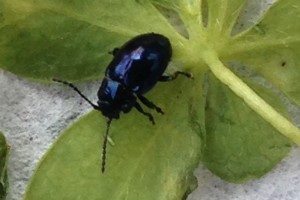

![[Anastrepha australis] (Diptera: Tephritidae), a potential biocontrol agent for moth plant](/assets/Discover-Our-Research/Biosecurity/Biocontrol-ecology-of-weeds/3-applications/Anastrepha__FillMaxWzMwMCwyMDBd.jpg)
